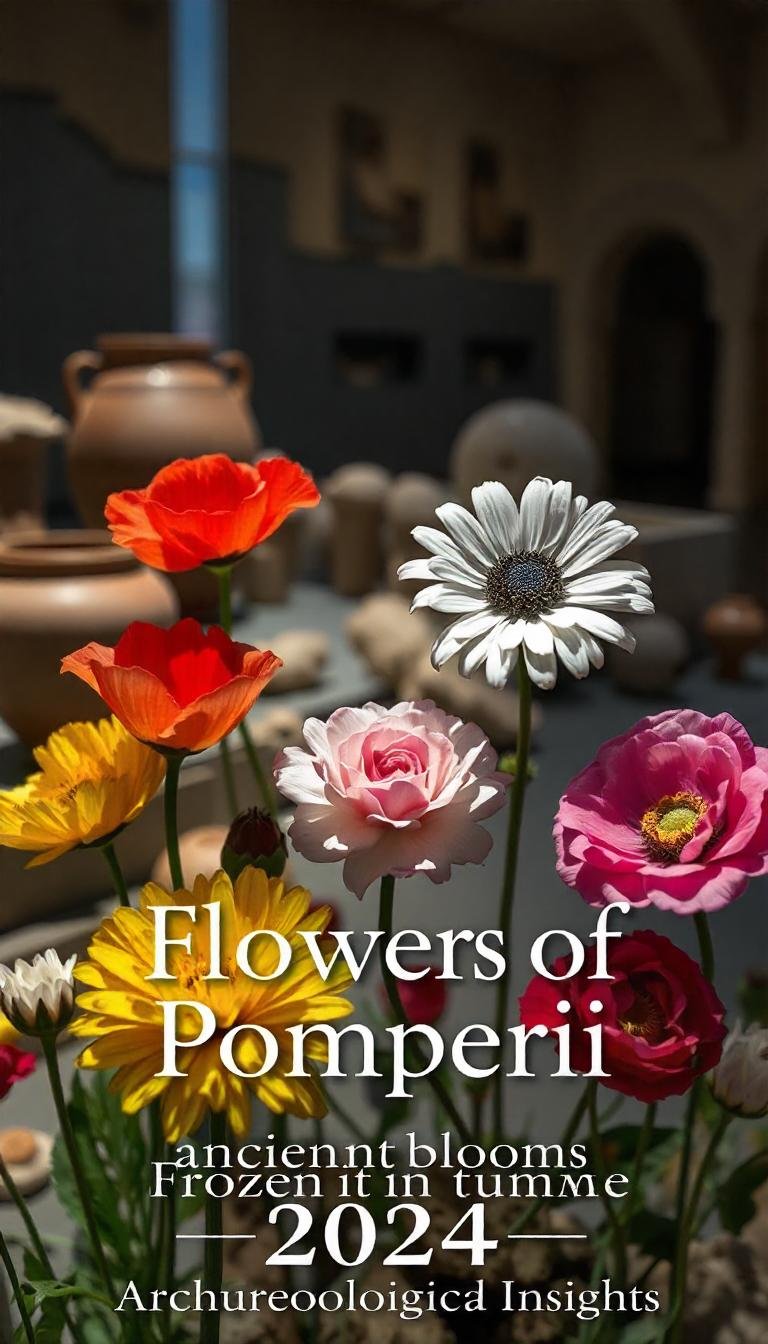The flowers of Pompeii offer a unique glimpse into the botanical world of ancient Rome. Preserved by the volcanic ash that tragically buried the city in 79 AD, these floral remnants provide invaluable insights into the plants that adorned Roman gardens, religious ceremonies, and daily life.
As an archaeobotanist with over two decades of experience studying plant remains from ancient sites, I’m thrilled to share the fascinating story of Pompeii’s flowers. Let’s embark on a journey through time to explore the blooms that once graced this ill-fated Roman city.From vibrant frescoes to carbonized plant remains, flowers of Pompeii continue to captivate archaeologists, botanists, and history enthusiasts alike.
The Significance of Flowers in Pompeii
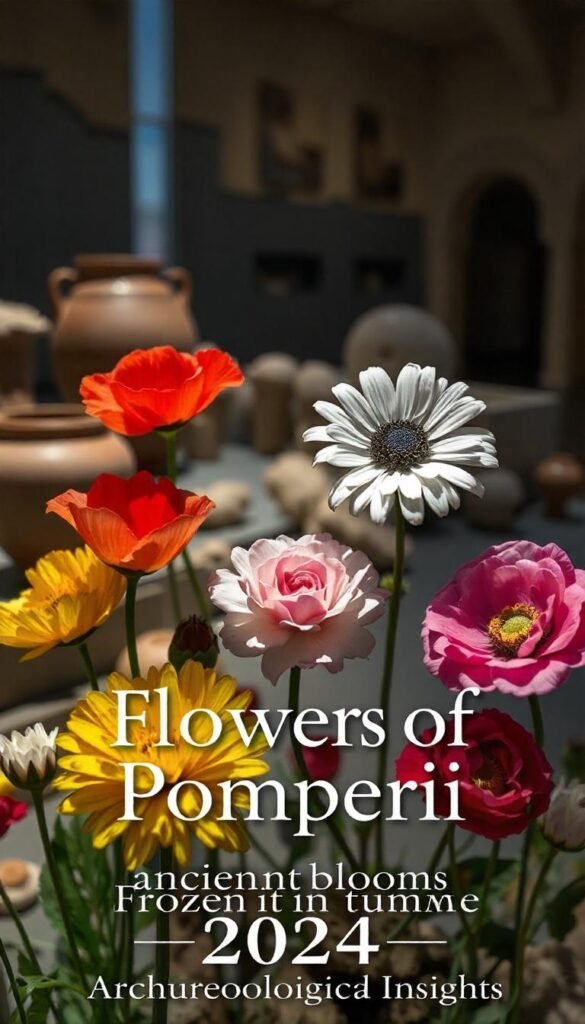
Flowers played a crucial role in Pompeian life:
- They adorned gardens and public spaces
- They were used in religious ceremonies and festivals
- They symbolized status and wealth
- They were depicted in art and frescoes
- They were used in perfumes, medicines, and culinary applications
Discovering Pompeii’s Flowers
Archaeological evidence of Pompeii’s flowers comes from several sources:
- Carbonized plant remains: Actual plant material preserved by the intense heat of the eruption
- Pollen analysis: Microscopic examination of preserved pollen grains
- Fresco depictions: Artistic representations of flowers in wall paintings
- Root cavities: Voids left by decomposed plant roots, later filled with plaster by archaeologists
- Literary sources: Ancient Roman texts describing plants and gardening practices
Now, let’s explore some of the most significant flowers discovered in Pompeii.
Notable Flowers Found in Pompeii
1. Rose (Rosa gallica)
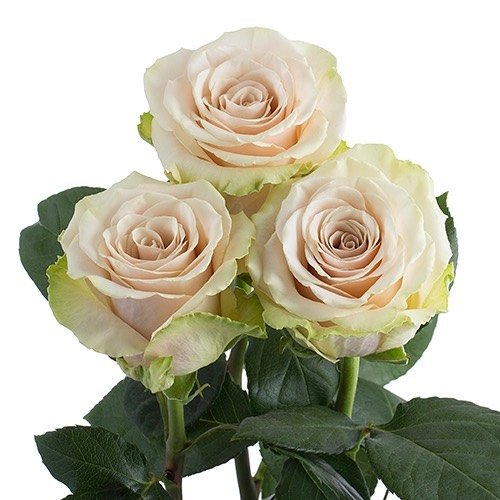
Archaeological Evidence: Fresco depictions, pollen remains
The rose was highly prized in ancient Rome for its beauty and fragrance. Rosaceae pollen has been identified in several locations around Pompeii.
2024 Research Update: New spectroscopic techniques are allowing researchers to identify specific rose varieties from pigments used in frescoes.
Historical Insight: Roses were associated with Venus, the goddess of love, and were often used in religious ceremonies.
2. Oleander (Nerium oleander)
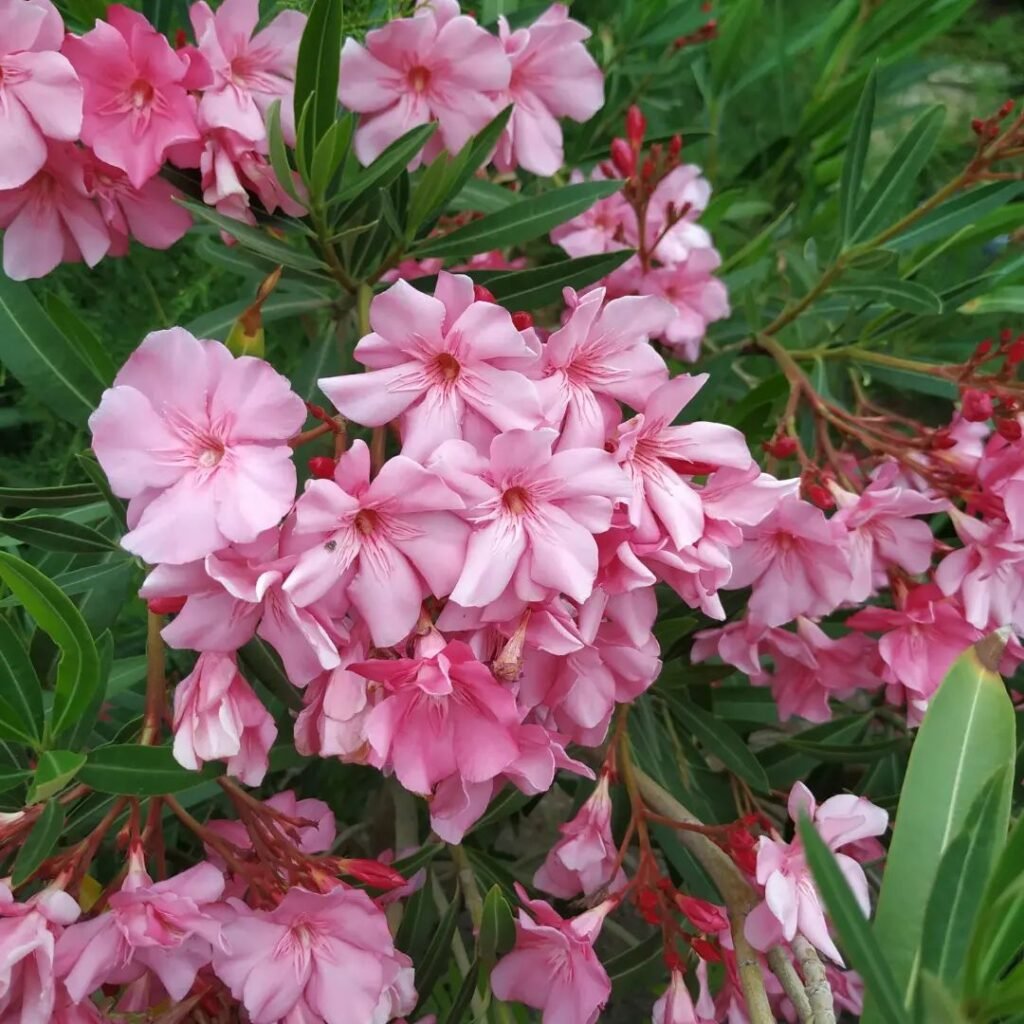
Archaeological Evidence: Carbonized remains, fresco depictions
This poisonous yet beautiful shrub was commonly grown in Pompeian gardens.
2024 Discovery: Recent excavations have uncovered a well-preserved garden featuring oleander root cavities, providing new insights into Roman garden layouts.
Historical Insight: Despite its toxicity, oleander was valued for its evergreen foliage and abundant flowers.
3. Cornflower (Centaurea cyanus)
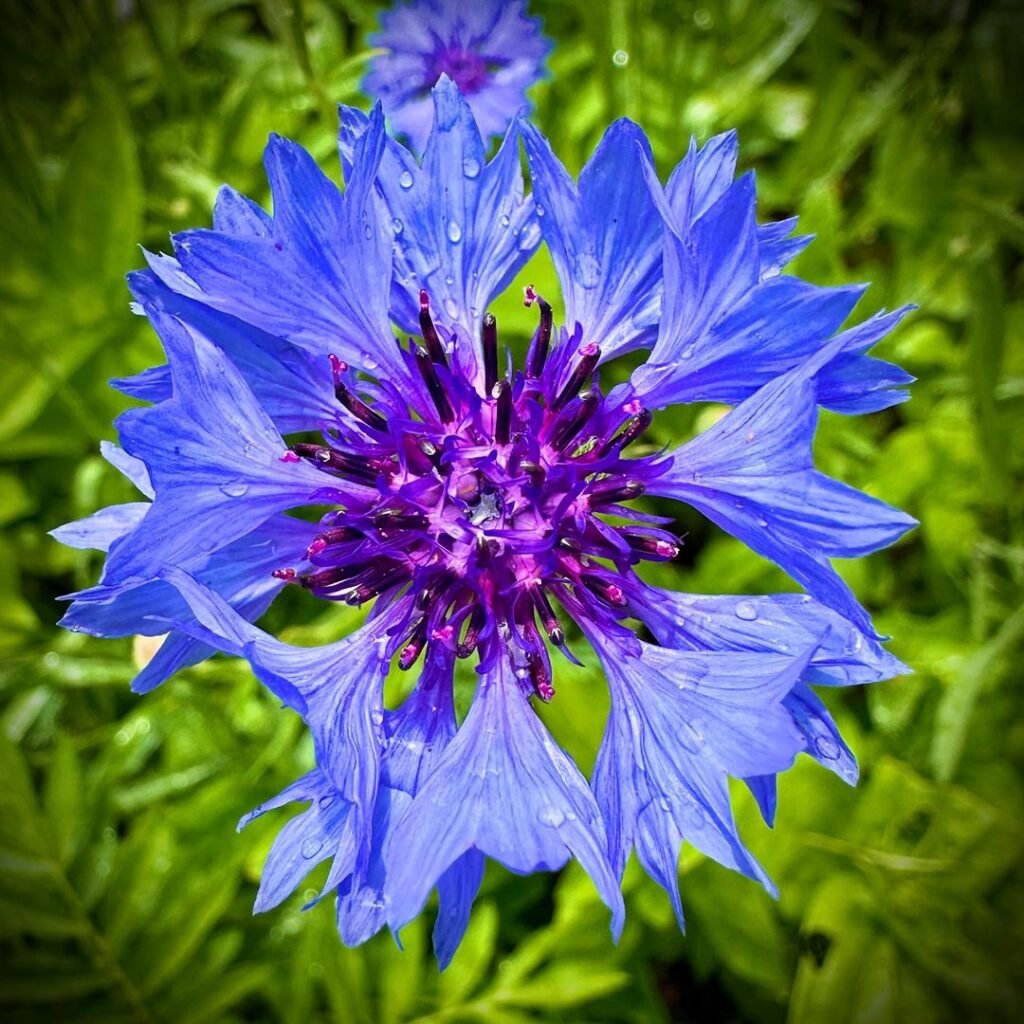
Archaeological Evidence: Pollen remains, fresco depictions
The bright blue cornflower appears in several Pompeian frescoes and has been identified through pollen analysis.
2024 Trend: Cornflower seeds from Pompeii are being cultivated in experimental archaeology projects to compare ancient and modern varieties.
Historical Insight: Cornflowers were often woven into garlands for religious festivals.
4. Poppy (Papaver somniferum)
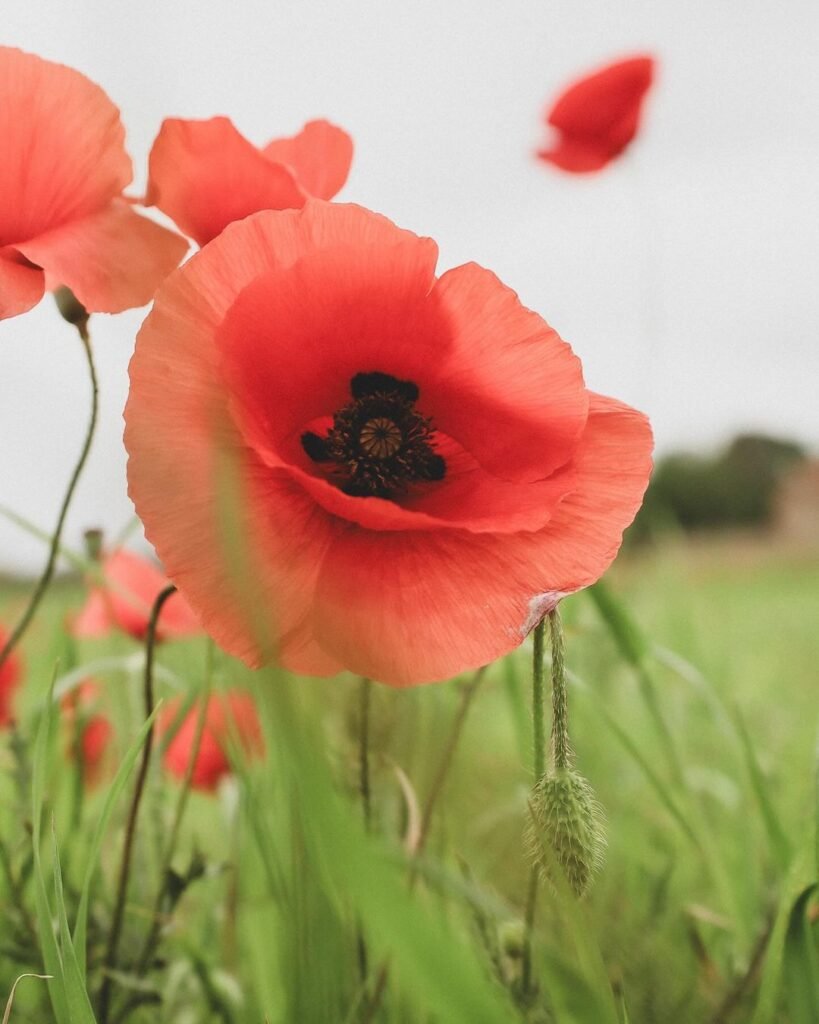
Archaeological Evidence: Carbonized seeds, fresco depictions
Poppy seeds have been found in carbonized form, and the distinctive flower appears in several frescoes.
2024 Research: New chemical analysis of carbonized seeds is providing insights into ancient poppy cultivation practices.
Historical Insight: Poppies were associated with sleep and death in Roman mythology.
5. Myrtle (Myrtus communis)

Archaeological Evidence: Pollen remains, carbonized leaves
Myrtle was a sacred plant associated with Venus and was commonly used in religious ceremonies.
2024 Update: Advanced DNA analysis of carbonized myrtle remains is revealing ancient genetic variations of the plant.
Historical Insight: Myrtle wreaths were often worn by brides in ancient Roman weddings.
6. Ivy (Hedera helix)
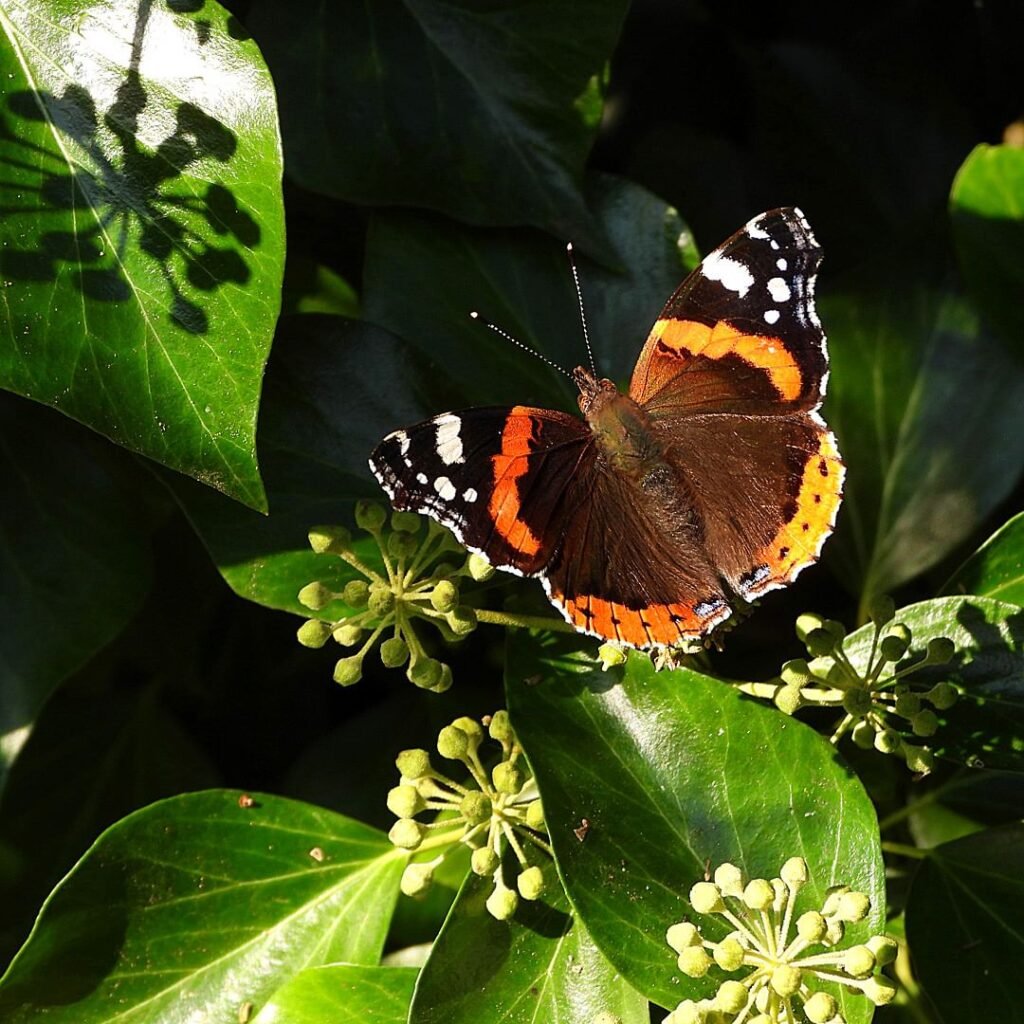
Archaeological Evidence: Root cavities, fresco depictions
Ivy was a popular ornamental plant in Pompeian gardens and appears frequently in wall paintings.
2024 Discovery: New excavations have revealed an extensive pergola structure covered in ivy root cavities, providing insights into Roman garden architecture.
Historical Insight: Ivy was associated with Bacchus, the god of wine, and was often used in celebratory garlands.
7. Lily (Lilium candidum)

Archaeological Evidence: Fresco depictions, pollen remains
The white lily appears in several Pompeian frescoes and has been identified through pollen analysis.
2024 Research: Comparative studies between ancient lily pollen and modern varieties are providing insights into the evolution of cultivated lilies.
Historical Insight: Lilies were associated with purity and were often used in religious contexts.
8. Violet (Viola odorata)
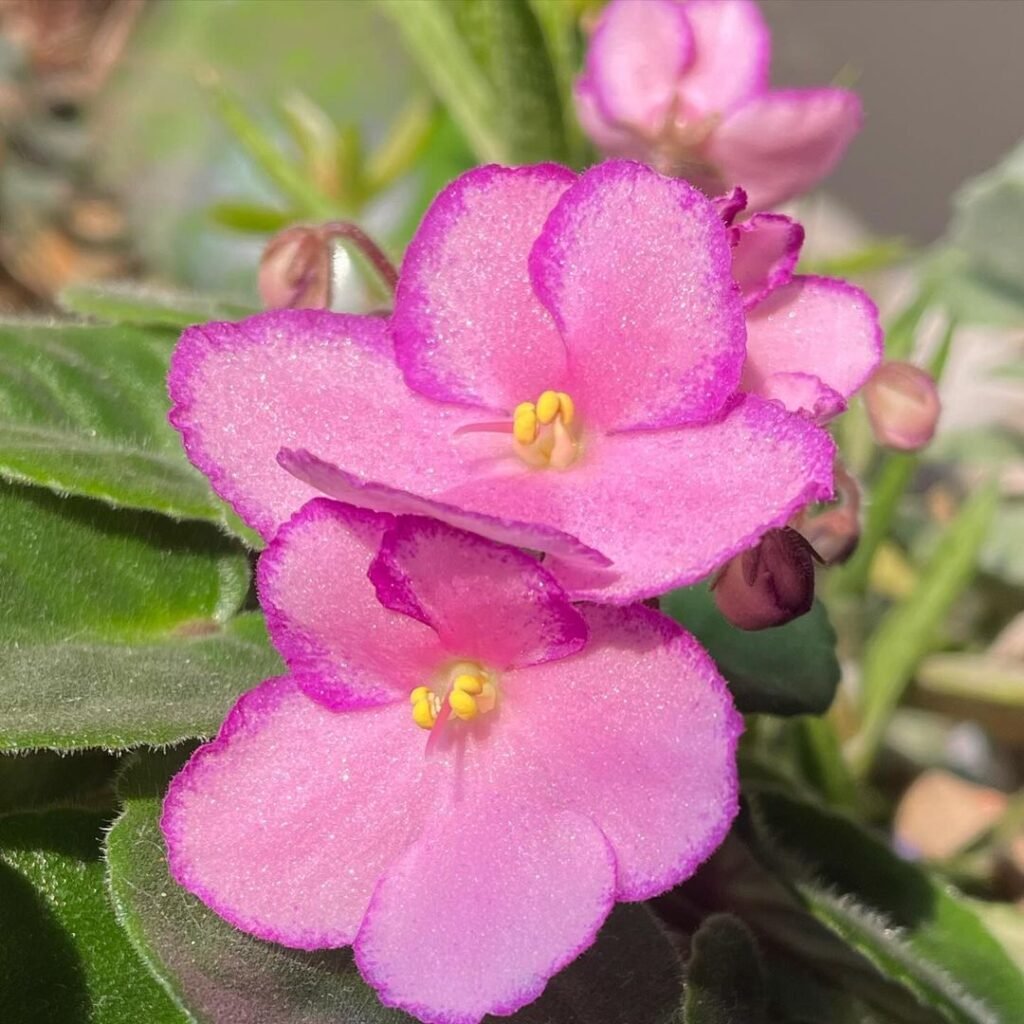
Archaeological Evidence: Pollen remains, literary references
While difficult to preserve, violet pollen has been identified in some Pompeian contexts.
2024 Insight: New analysis techniques are allowing researchers to extract DNA from ancient pollen grains, potentially revealing genetic information about ancient violet varieties.
Historical Insight: Violets were used to flavor wine and were associated with love and fertility.
9. Laurel (Laurus nobilis)
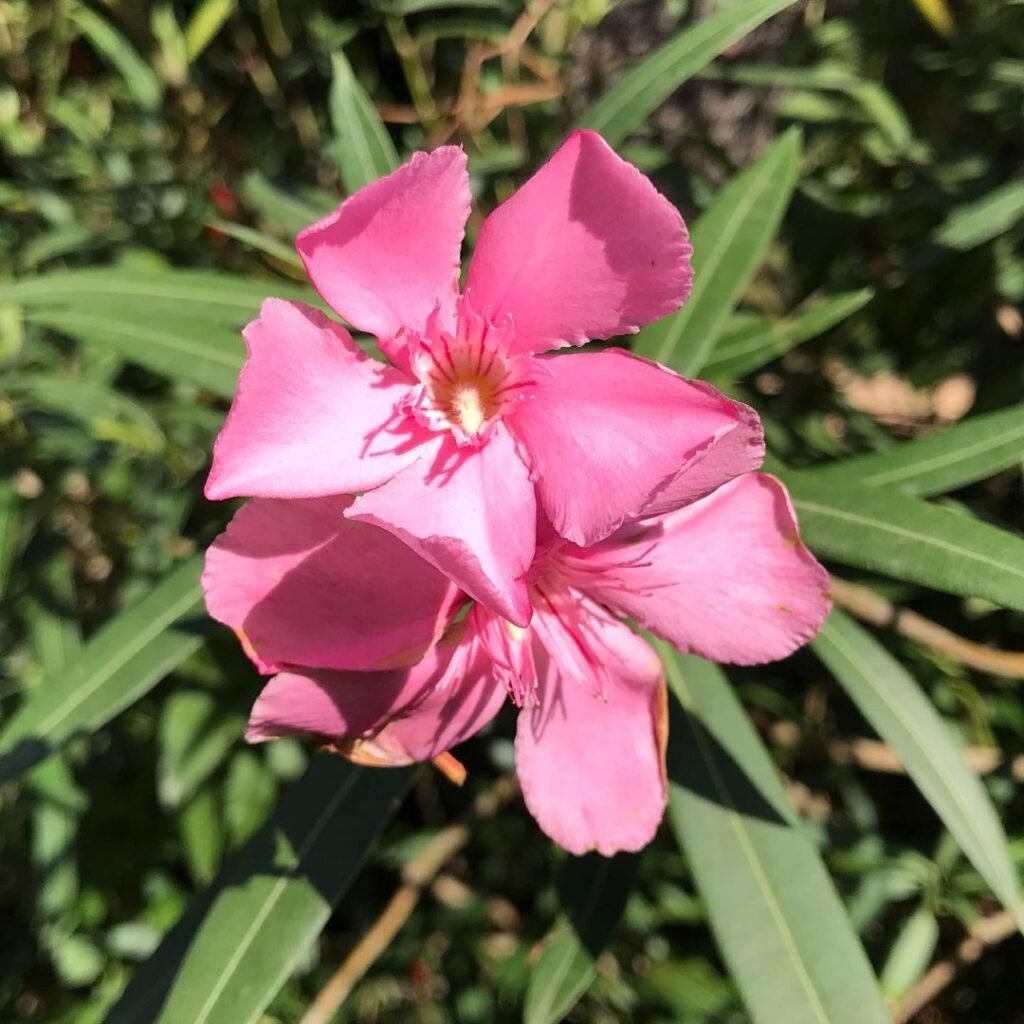
Archaeological Evidence: Carbonized leaves, root cavities
Laurel was an important plant in Roman culture, used for wreaths and in religious ceremonies.
2024 Update: 3D scanning of laurel root cavities is providing new insights into the size and structure of ancient laurel trees.
Historical Insight: Laurel wreaths were symbols of victory and status in ancient Rome.
10. Chrysanthemum (Chrysanthemum coronarium)
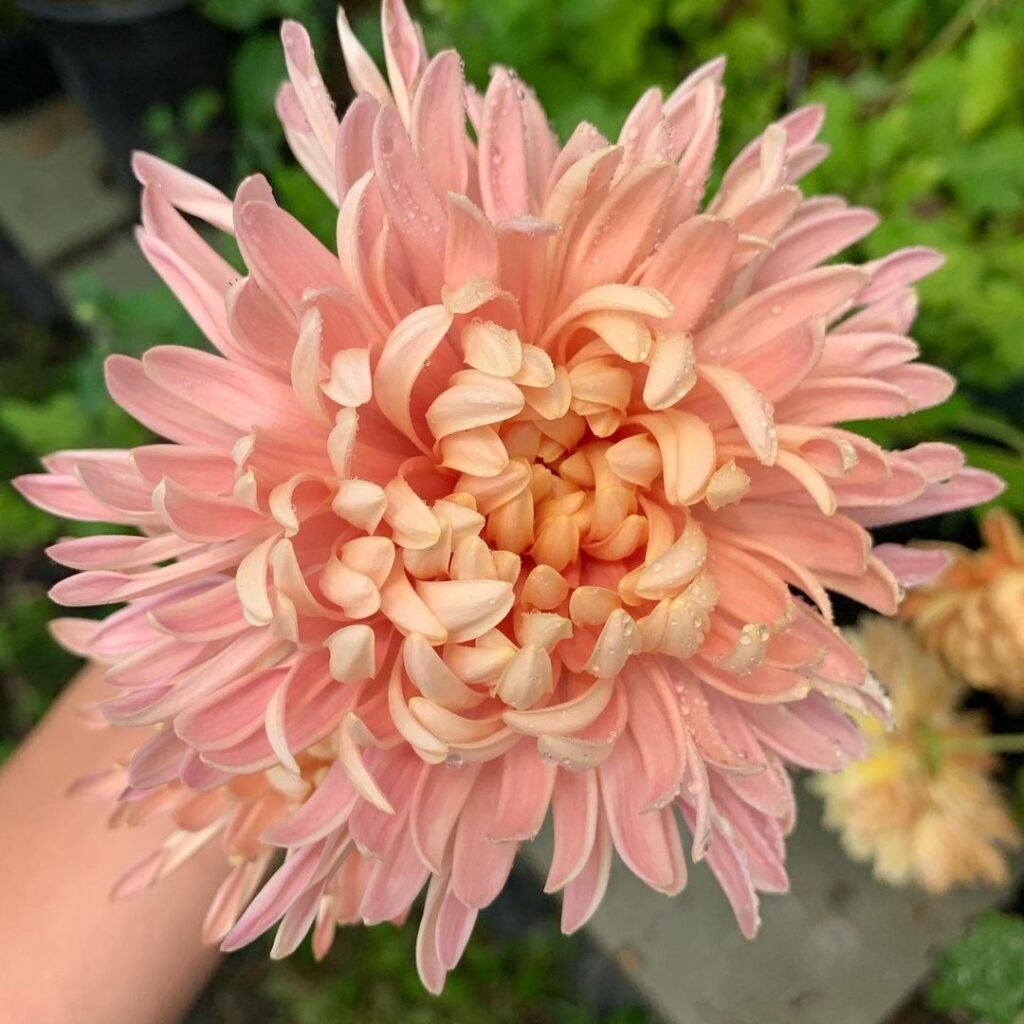
Archaeological Evidence: Pollen remains, fresco depictions
Chrysanthemums appear in some Pompeian frescoes and have been identified through pollen analysis.
2024 Trend: Experimental archaeology projects are using ancient fresco techniques to recreate Pompeian chrysanthemum depictions.
Historical Insight: Chrysanthemums were used in garlands and were associated with joy and long life.
The Legacy of Pompeii’s Flowers
The study of Pompeii’s flowers continues to provide valuable insights:
- Agricultural practices: Understanding ancient cultivation techniques
- Climate information: Inferring past climate conditions from plant remains
- Cultural significance: Revealing the role of flowers in Roman society
- Artistic techniques: Studying how plants were depicted in ancient art
- Biodiversity: Comparing ancient and modern plant varieties
Blooms from the Ashes of Time
The flowers of Pompeii offer a unique window into the ancient Roman world. Through careful archaeological study and modern scientific techniques, we continue to uncover new information about the plants that once bloomed in this ancient city. These discoveries not only enhance our understanding of Roman horticulture and culture but also provide valuable insights into the evolution of plants over time.
As we look to the future, emerging technologies promise even more exciting discoveries. From DNA analysis of ancient pollen to 3D reconstructions of Roman gardens, the flowers of Pompeii will continue to reveal their secrets, bridging the gap between past and present.
For more information on the archaeology of Pompeii and ancient Roman botany, visit the Pompeii Archaeological Park website or explore resources from the Mediterranean Archaeology Trust. Let the ancient blooms of Pompeii inspire your curiosity about the botanical world of the past!
For more gardening tips and plant care guides, visit usagardenhub.com.

